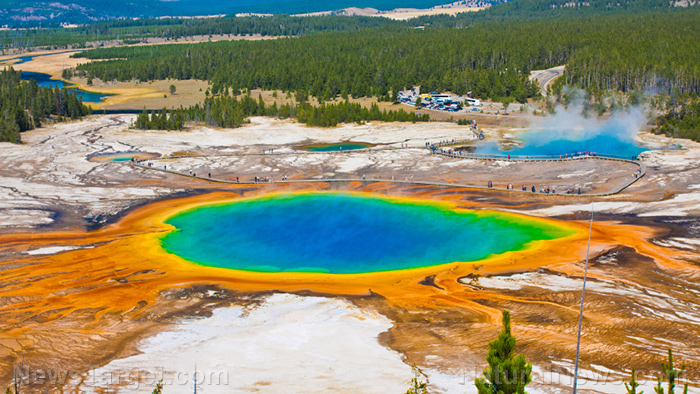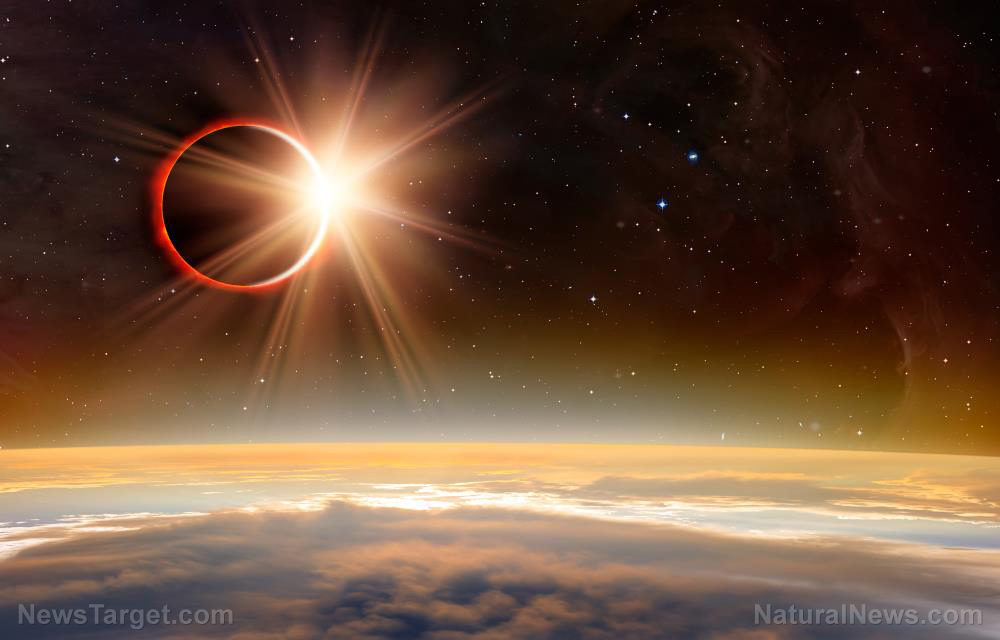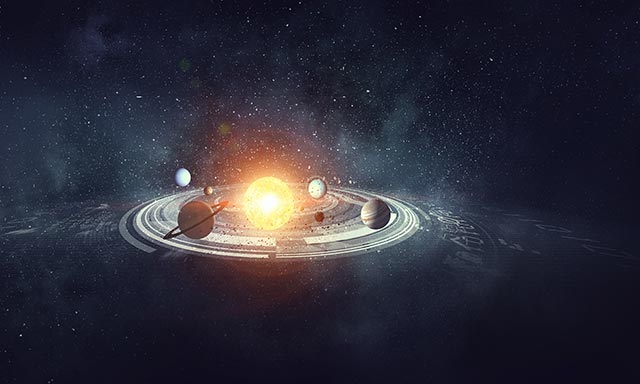The moon is tectonically active and STILL shrinking, leaving cliffs on its surface, according to data from NASA missions
11/17/2019 / By Edsel Cook

The Earth’s natural satellite may be wrinkling “like a raisin.” New findings showed that the moon remains tectonically active and still experiences “moonquakes” such as those picked up by sensors from the Apollo program over 50 years ago.
The moonquakes followed what experts called thrust faults – cliffs (scarps) that emerged on the brittle lunar crust as the interior of the moon cooled down and shrank.
The recently published study incorporated both old and new lunar data. Taking seismic data collected during the 1960s and 1970s, the researchers used a new algorithm to increase the accuracy of positional data for the epicenters of 28 recorded scarps.
Next, the researchers superimposed the epicenter locations on imagery taken by the Lunar Reconnaissance Orbiter (LRO) in 2010. They measured the proximity of the moonquakes to the thrust faults.
Their analysis showed that at least eight of the moonquakes came from tectonic activity along the thrust faults. Those seismic activities likely resulted from the movement of the moon’s crust plates, rather than asteroid impacts or the moon’s interior.
“We found that a number of the quakes recorded in the Apollo data happened very close to the faults seen in the LRO imagery,” explained the University of Maryland researcher Nicholas Schmerr. “It’s quite likely that the faults are still active today.” (Related: Are people really considering going to the moon… to mine?)
The moon is tectonically active, especially when it’s farthest away from Earth
Besides showing thrust faults, the LRO images provided physical evidence of recent — on a geological scale — movement, such as landslides and fallen boulders.
The Apollo astronauts left seismometers on the lunar surface. While the first device only ran for a few weeks, the other four instruments detected 28 shallow moonquakes from 1969 to 1977. Their magnitude would have ranged from two to five on the Richter scale if they happened on Earth.
The enhanced estimates showed that the epicenters of eight recorded moonquakes took place within 19 miles (30.6 km) of thrust faults seen in the LRO.
Other computer models used the size of the lunar cliffs to predict the areas that experienced the most powerful tremors. The data went into “shake maps.”
Of the eight moonquakes with likely tectonic origins, six took place while the moon was in apogee or near the point in its orbit where it was farthest away from Earth.
When the moon reaches apogee, its crust experiences a peak in the total stress from the pull of Earth’s gravity. The thrust faults become more likely to slip, which results in moonquakes.
When humans return to the moon, they should study its moonquakes in detail
As its insides cool down and shrink, the lunar surface takes on more wrinkles. And since the moon rocks that comprise the crust are brittle, they break up easily.
The ensuing breakage leads to the formation of thrust faults. Here, a part of the crust gets shoved up over the neighboring section, much like the continental plates on Earth.
When observed from the moon’s surface, a thrust fault bears semblance to small stairs. Each “scarp” measures around tens of yards in height but extends for several miles.
Since it entered lunar orbit in 2009, the LRO snapped photos of more than 3,500 individual fault thrusts. It showed boulders and landslides at the bottom of bright patches of the lunar surface.
Meteorite impacts and other weathering caused lunar material to grow darker over time. The fainter patches were fresh rocks that got revealed by a moonquake or similarly recent activity.
“For me, these findings emphasize that we need to go back to the moon,” Schmerr stated. “We learned a lot from the Apollo missions, but they really only scratched the surface.”
Sources include:
Tagged Under: Apollo, earthquakes, geology, Gravity, lunar mission, lunar quakes, Lunar Reconnaissance Orbiter, lunar s, Moon, moon scarps, moonquakes, outer space, research, Space, tectonic activity, tectonic plates, thrust faults
RECENT NEWS & ARTICLES
COPYRIGHT © 2017 SPACE.COM
All content posted on this site is protected under Free Speech. Space.com is not responsible for content written by contributing authors. The information on this site is provided for educational and entertainment purposes only. It is not intended as a substitute for professional advice of any kind. Space.com assumes no responsibility for the use or misuse of this material. All trademarks, registered trademarks and service marks mentioned on this site are the property of their respective owners.

















